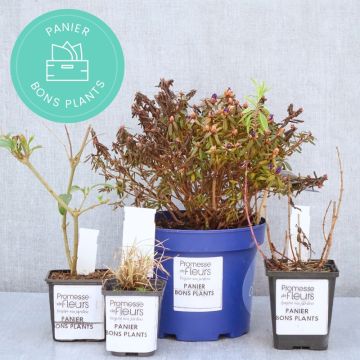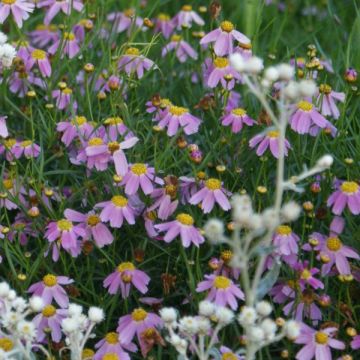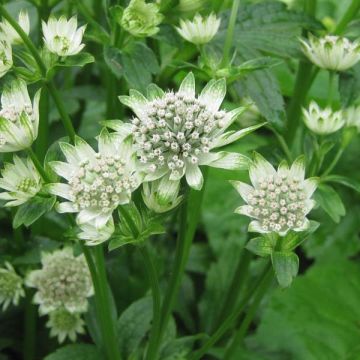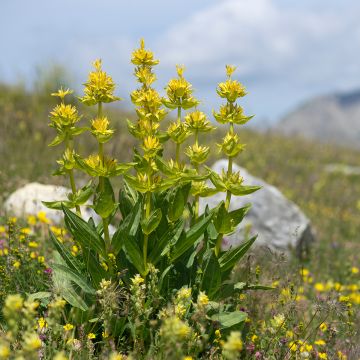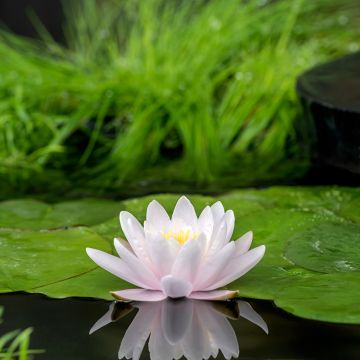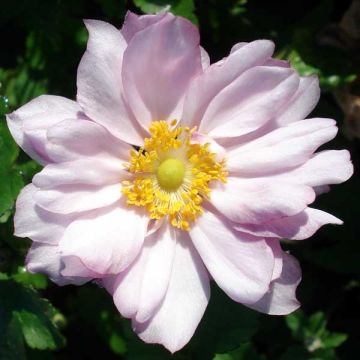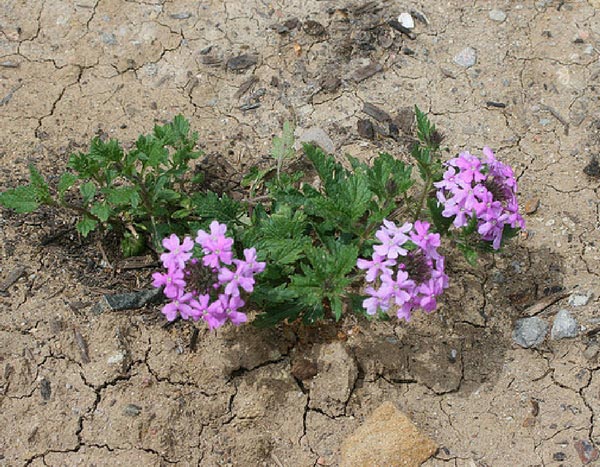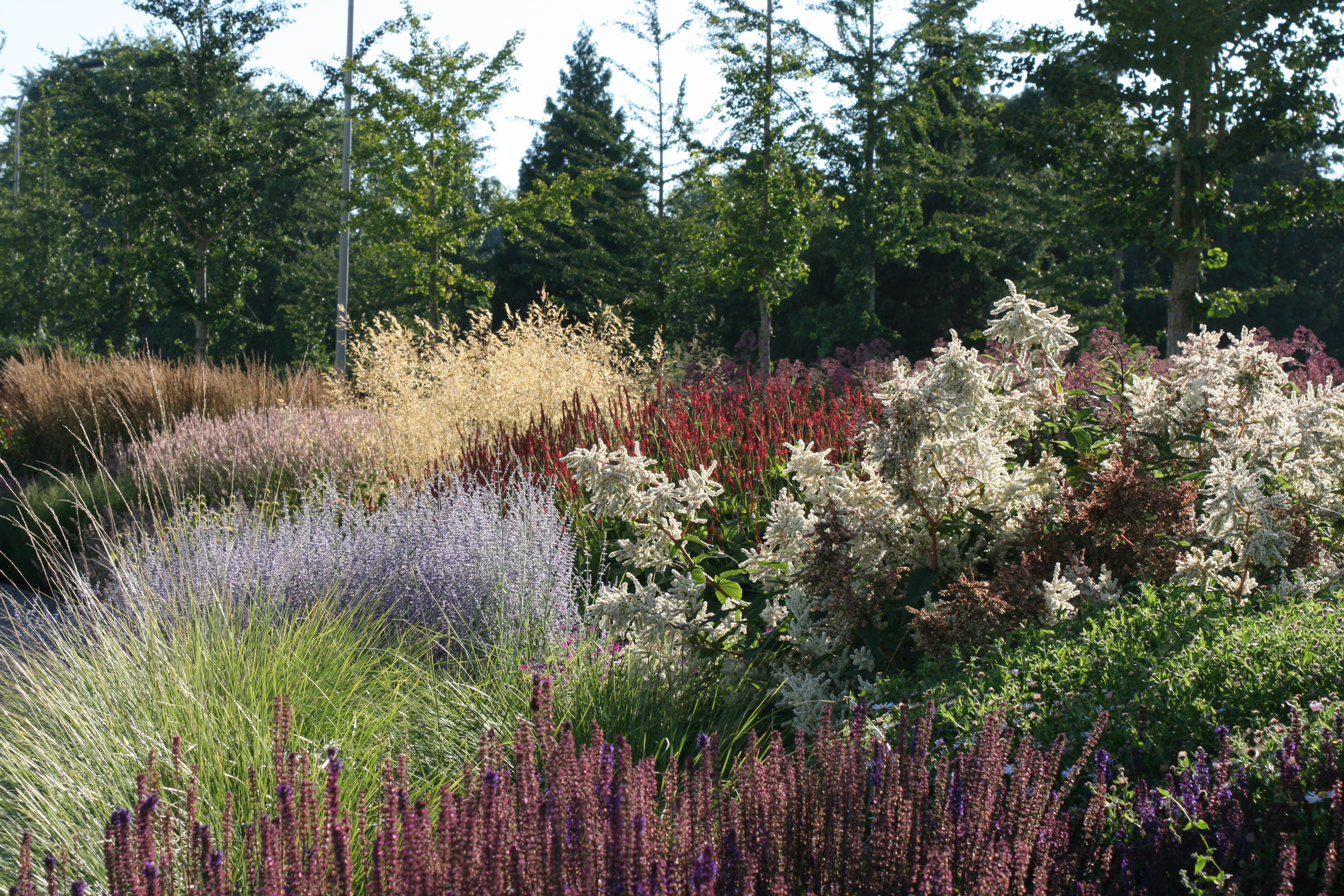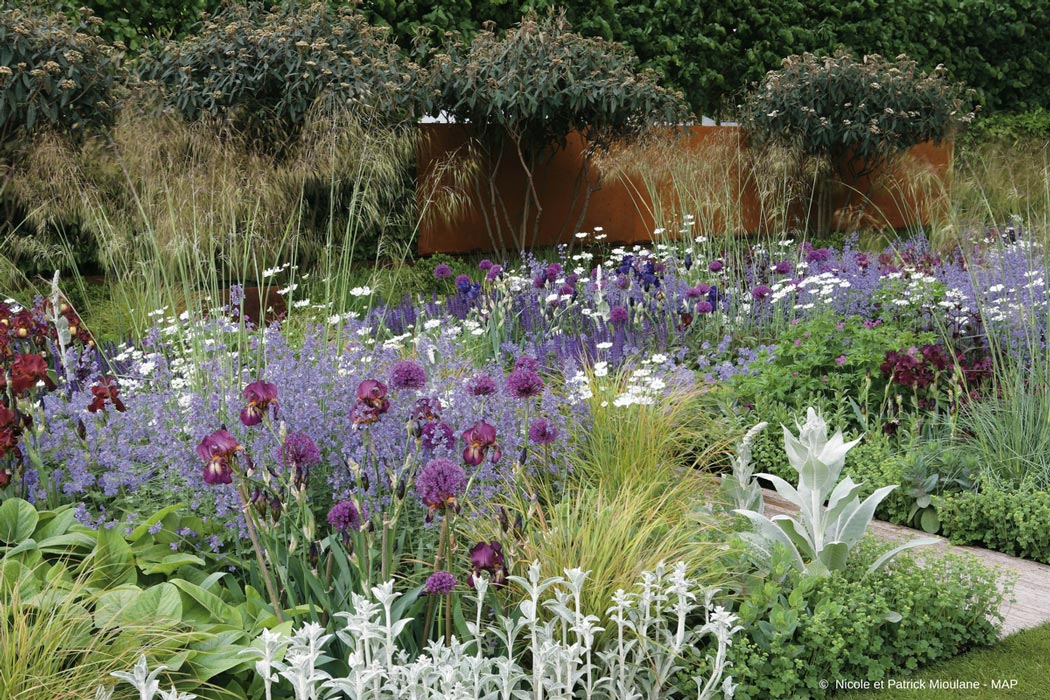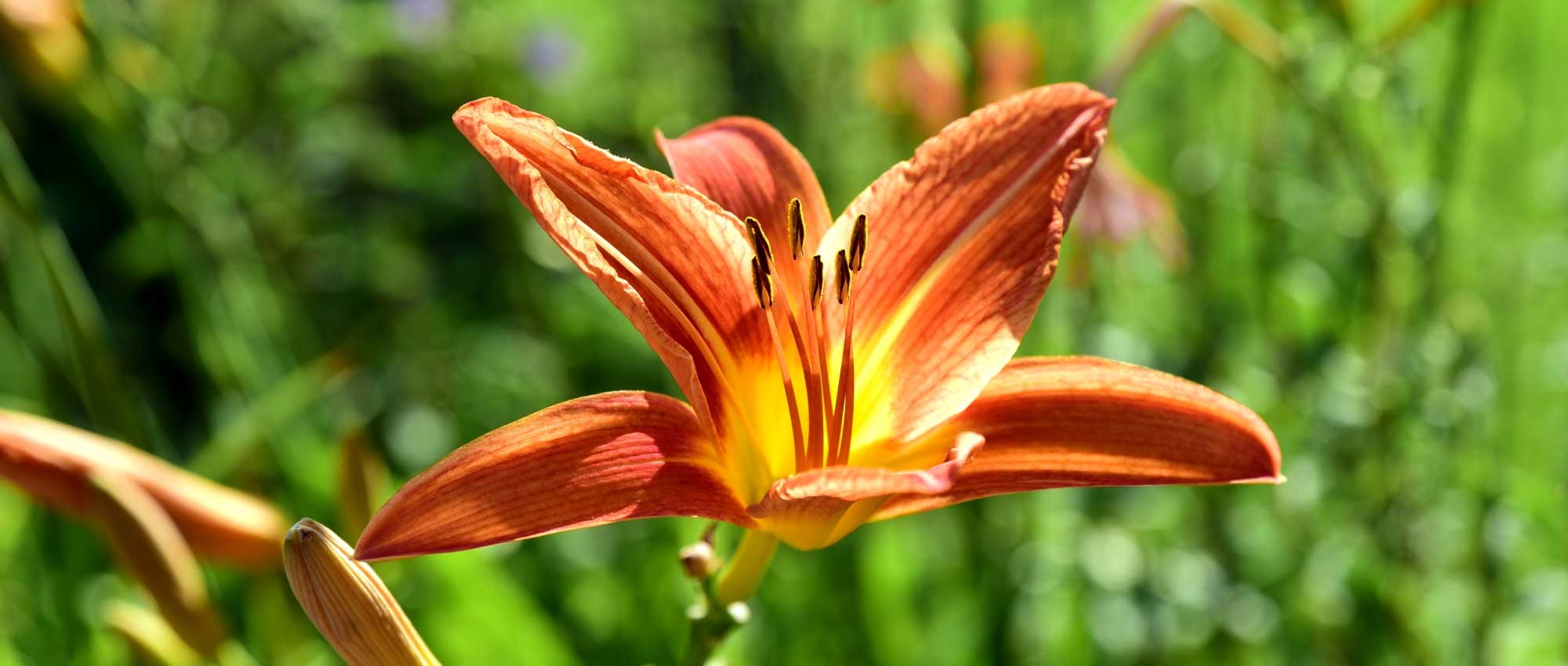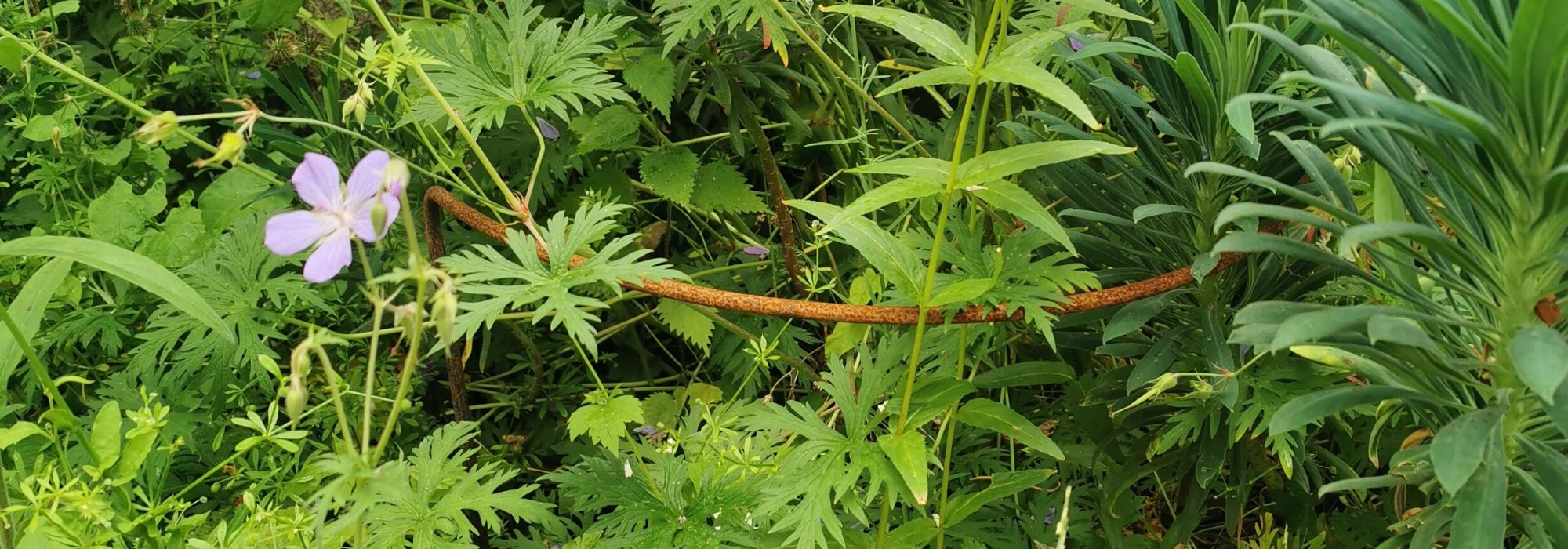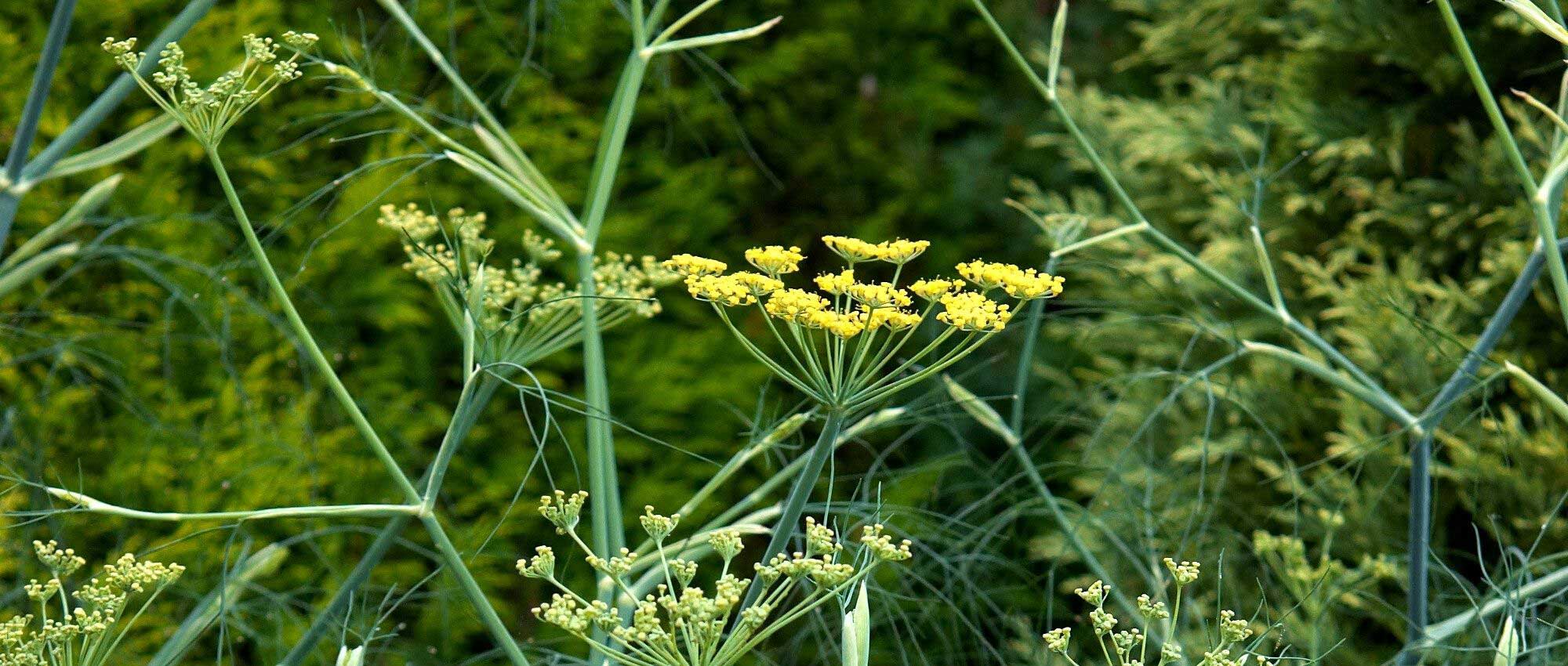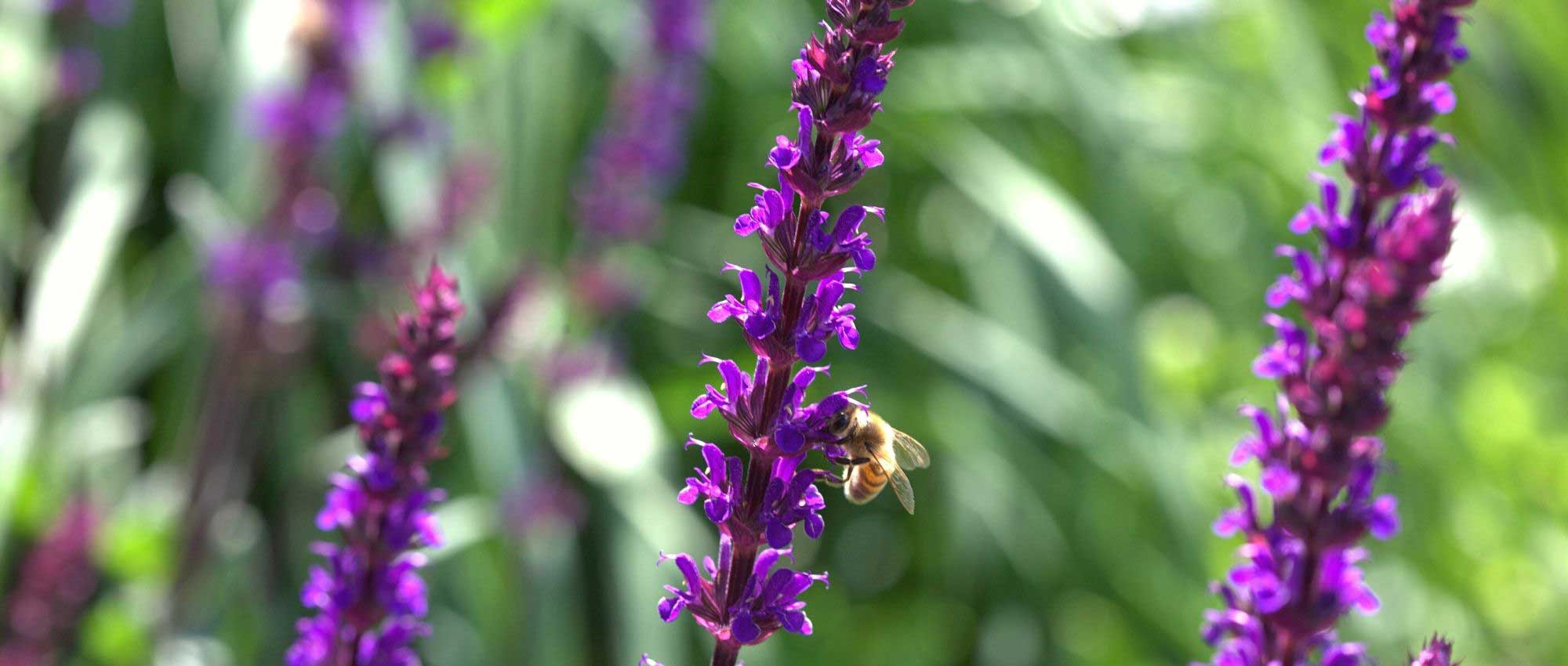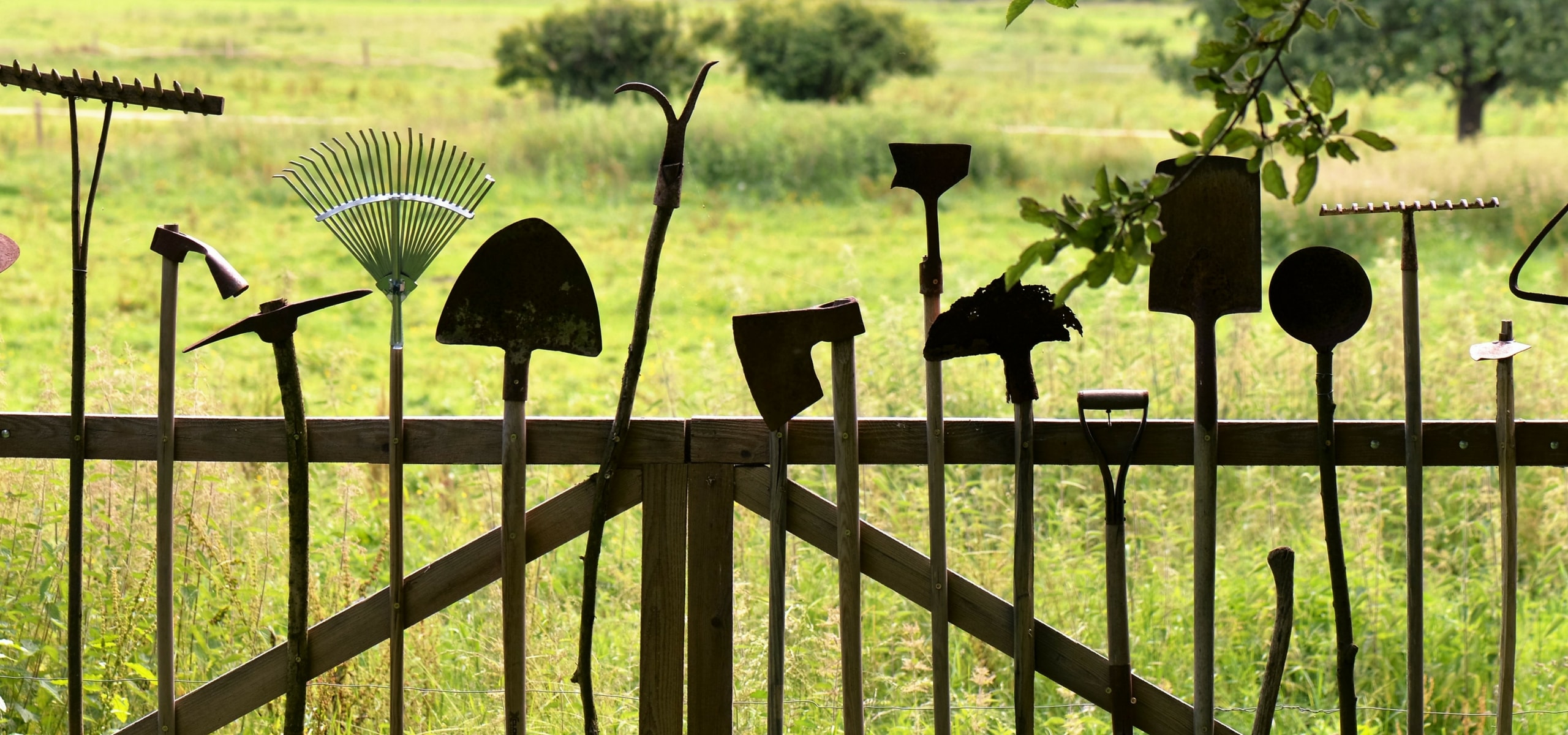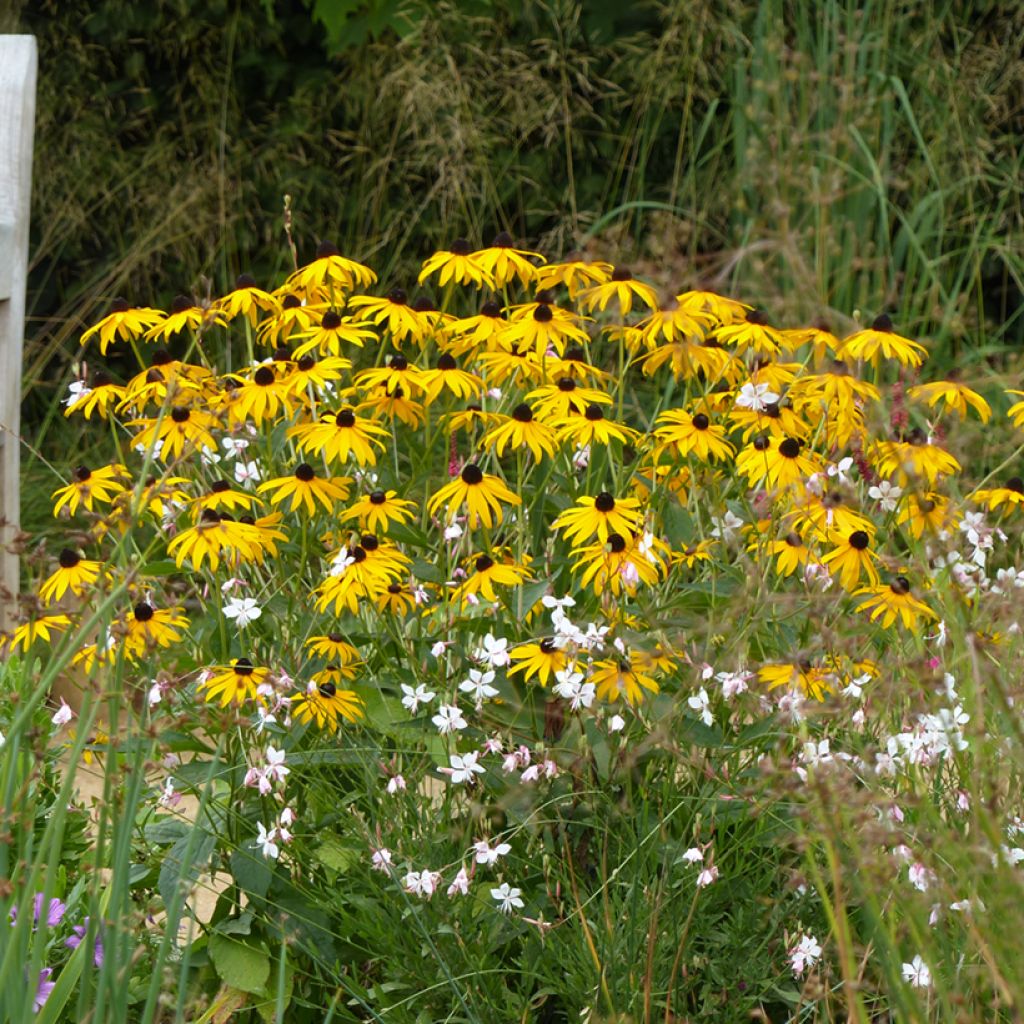

Late summer perennial duo
Late summer perennial duo
Gaura, Rudbeckia
coneflower, gaura
Special offer!
Receive a €20 voucher for any order over €90 (excluding delivery costs, credit notes, and plastic-free options)!
1- Add your favorite plants to your cart.
2- Once you have reached €90, confirm your order (you can even choose the delivery date!).
3- As soon as your order is shipped, you will receive an email containing your voucher code, valid for 3 months (90 days).
Your voucher is unique and can only be used once, for any order with a minimum value of €20, excluding delivery costs.
Can be combined with other current offers, non-divisible and non-refundable.
Home or relay delivery (depending on size and destination)
Schedule delivery date,
and select date in basket
This plant carries a 12 months recovery warranty
More information
We guarantee the quality of our plants for a full growing cycle, and will replace at our expense any plant that fails to recover under normal climatic and planting conditions.
Does this plant fit my garden?
Set up your Plantfit profile →
Collection items (2 plants)
Description
This perennial duo of yellow and white late summer plants brings together the lightness of the white Gaura 'Whirling Butterflies' and the intensity of the yellow daisy-like flowers of Rudbeckia fulgida 'Goldsturm'. When planted together in a large border, these two varieties, which flower generously from July to October, have a stunning effect. They are also friends of bees and other pollinators. The combination of yellow and white is always successful: the white softens the strong and sunny character of the yellow.
The duo consists of:
1 x Gaura lindheimeri 'Whirling Butterflies': this variety forms a bushy clump of slender, 1m tall stems, with small lanceolate leaves. It flowers from July to October, with panicles about 30cm long, filled with small, ephemeral, white flowers with 4 petals opening in the evening. It is beautiful, simple and undemanding and its root system can withstand temperatures down to -15°C in well-drained soil.
1 x Rudbeckia fulgida 'Goldsturm': a 60cm tall, vigorous and bushy perennial plant adorned with lemon yellow, almost star-shaped flowers, similar to 12cm daisies. They bloom from July to October and even November in mild climates.
These perennials appreciate full sun exposure and well-drained soil, not too dry in summer to support their flowering. They are perfect for mass planting or large borders. Ideally, the shorter Rudbeckia should be placed at the front of the border while the Gaura should be placed in the background. Plant 2 plants per square metre and maintain a distance of 60cm between each plant.
The plants in this duo combine perfectly with medium-height ornamental grasses, especially Pennisetum alopecuroides 'Black Beauty' with its purple spikes in late summer and Stipa tenuifolia which forms a blonde mane. To enhance your composition, invite Sedum 'Herbstfreude' with its pink flowers in autumn. All these plants have similar soil and exposure requirements which minimises border maintenance.
Report an error about the product description
Flowering
Foliage
Plant habit
Botanical data
Gaura, Rudbeckia
coneflower, gaura
Cultivar or hybrid
Other Perennials A to Z
View all →Planting and care
Plant this duo in a sunny position, in well-drained, light soil, not too dry in summer. The gaura is more sensitive to frost than the Rudbeckia, especially in very clayey soils that become waterlogged in winter. Once well established, these perennial plants require little maintenance. You can remove the faded stems as they appear, to encourage the arrival of new ones. In late winter, prune the dry stems to 10 cm above the ground.
Planting period
Intended location
Care
Planting & care advice
This item has not been reviewed yet - be the first to leave a review about it.
Haven't found what you were looking for?
Hardiness is the lowest winter temperature a plant can endure without suffering serious damage or even dying. However, hardiness is affected by location (a sheltered area, such as a patio), protection (winter cover) and soil type (hardiness is improved by well-drained soil).

Photo Sharing Terms & Conditions
In order to encourage gardeners to interact and share their experiences, Promesse de fleurs offers various media enabling content to be uploaded onto its Site - in particular via the ‘Photo sharing’ module.
The User agrees to refrain from:
- Posting any content that is illegal, prejudicial, insulting, racist, inciteful to hatred, revisionist, contrary to public decency, that infringes on privacy or on the privacy rights of third parties, in particular the publicity rights of persons and goods, intellectual property rights, or the right to privacy.
- Submitting content on behalf of a third party;
- Impersonate the identity of a third party and/or publish any personal information about a third party;
In general, the User undertakes to refrain from any unethical behaviour.
All Content (in particular text, comments, files, images, photos, videos, creative works, etc.), which may be subject to property or intellectual property rights, image or other private rights, shall remain the property of the User, subject to the limited rights granted by the terms of the licence granted by Promesse de fleurs as stated below. Users are at liberty to publish or not to publish such Content on the Site, notably via the ‘Photo Sharing’ facility, and accept that this Content shall be made public and freely accessible, notably on the Internet.
Users further acknowledge, undertake to have ,and guarantee that they hold all necessary rights and permissions to publish such material on the Site, in particular with regard to the legislation in force pertaining to any privacy, property, intellectual property, image, or contractual rights, or rights of any other nature. By publishing such Content on the Site, Users acknowledge accepting full liability as publishers of the Content within the meaning of the law, and grant Promesse de fleurs, free of charge, an inclusive, worldwide licence for the said Content for the entire duration of its publication, including all reproduction, representation, up/downloading, displaying, performing, transmission, and storage rights.
Users also grant permission for their name to be linked to the Content and accept that this link may not always be made available.
By engaging in posting material, Users consent to their Content becoming automatically accessible on the Internet, in particular on other sites and/or blogs and/or web pages of the Promesse de fleurs site, including in particular social pages and the Promesse de fleurs catalogue.
Users may secure the removal of entrusted content free of charge by issuing a simple request via our contact form.
The flowering period indicated on our website applies to countries and regions located in USDA zone 8 (France, the United Kingdom, Ireland, the Netherlands, etc.)
It will vary according to where you live:
- In zones 9 to 10 (Italy, Spain, Greece, etc.), flowering will occur about 2 to 4 weeks earlier.
- In zones 6 to 7 (Germany, Poland, Slovenia, and lower mountainous regions), flowering will be delayed by 2 to 3 weeks.
- In zone 5 (Central Europe, Scandinavia), blooming will be delayed by 3 to 5 weeks.
In temperate climates, pruning of spring-flowering shrubs (forsythia, spireas, etc.) should be done just after flowering.
Pruning of summer-flowering shrubs (Indian Lilac, Perovskia, etc.) can be done in winter or spring.
In cold regions as well as with frost-sensitive plants, avoid pruning too early when severe frosts may still occur.
The planting period indicated on our website applies to countries and regions located in USDA zone 8 (France, United Kingdom, Ireland, Netherlands).
It will vary according to where you live:
- In Mediterranean zones (Marseille, Madrid, Milan, etc.), autumn and winter are the best planting periods.
- In continental zones (Strasbourg, Munich, Vienna, etc.), delay planting by 2 to 3 weeks in spring and bring it forward by 2 to 4 weeks in autumn.
- In mountainous regions (the Alps, Pyrenees, Carpathians, etc.), it is best to plant in late spring (May-June) or late summer (August-September).
The harvesting period indicated on our website applies to countries and regions in USDA zone 8 (France, England, Ireland, the Netherlands).
In colder areas (Scandinavia, Poland, Austria...) fruit and vegetable harvests are likely to be delayed by 3-4 weeks.
In warmer areas (Italy, Spain, Greece, etc.), harvesting will probably take place earlier, depending on weather conditions.
The sowing periods indicated on our website apply to countries and regions within USDA Zone 8 (France, UK, Ireland, Netherlands).
In colder areas (Scandinavia, Poland, Austria...), delay any outdoor sowing by 3-4 weeks, or sow under glass.
In warmer climes (Italy, Spain, Greece, etc.), bring outdoor sowing forward by a few weeks.
































